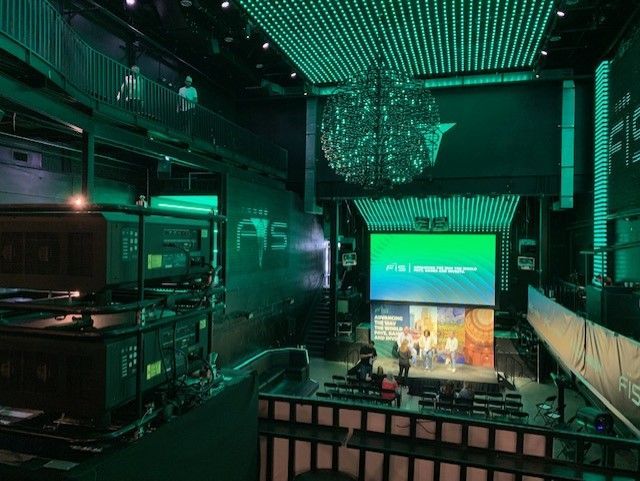Exploring the Advantages and Drawbacks of Fixed Frame and Mobile Projection Screensets for All Viewing Occasion
Exploring the Advantages and Drawbacks of Fixed Frame and Mobile Projection Screensets for All Viewing Occasion
Blog Article
When it pertains to enjoying films, presentations, or video games, the type of projecting screen utilized can greatly influence the viewing encounter. Two popular choices are fixed frame displays and portable projecting screens. Both type has its unique collection of advantages and drawbacks that can influence which one is best for a specific scenario. Understanding these distinctions can help people and organizations make informed choices about their viewing arrangements.
Stationary projection screens are designed to be permanently mounted in a particular place. One of the main advantages of fixed frame screens is their capability to offer a flat, even area for displaying pictures. This flatness ensures that the picture quality is sharp and distinct, which is particularly crucial for HD material. Additionally, stationary displays often feature with a dark frame that improves differentiation and causes the displayed picture pop more. This kind of screen is perfect for home theaters or dedicated presentation rooms where the configuration will not change frequently.
On the other hand, portable projection screens offer flexibility and convenience. These screens can be easily set up and taken down, making them perfect for events that require mobility, such as conferences, classrooms, or outdoor movie nights. Portable displays are available in multiple dimensions and designs, including stand and collapsible choices, allowing users to choose one that fits their needs. The ability to transport these displays renders them a favored option for people who need to present in different locations or for those who do not have a dedicated space for a fixed display.
Nonetheless, there are some limitations to each kinds of displays. Stationary displays can be more costly and require professional installation, which may not be feasible for everyone. Additionally, once installed, they cannot be relocated with ease, restricting their application to a single location. In contrast, portable screens may not offer the equivalent level of image quality as stationary displays. They can occasionally have wrinkles or folds that affect the display, particularly if they are not configured correctly. This can be a concern for those who prioritize picture quality over ease of use.
An additional consideration to take into account is the space next page available for the screen. Fixed frame displays need a specific area with enough wall space and suitable illumination settings to optimize the viewing encounter. This can be a constraint for those residing in smaller homes or apartments. Portable screens, however, can be employed in multiple settings, from large auditoriums to small sitting areas. This flexibility makes them a practical choice for numerous individuals, particularly those who may not have a permanent setup.
To sum up, each stationary and portable projection displays have their distinct benefits and challenges. Fixed frame displays shine in providing high-quality pictures and a polished appearance, making them suitable for dedicated watching areas. Conversely, portable displays provide versatility and ease of use, making them ideal for on-the-go presentations and occasions. By considering the benefits and disadvantages of each kind, people and organizations can select the projection screen that best meets their particular requirements and improves their viewing experience.